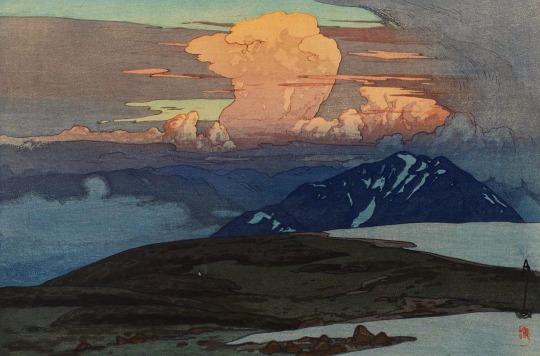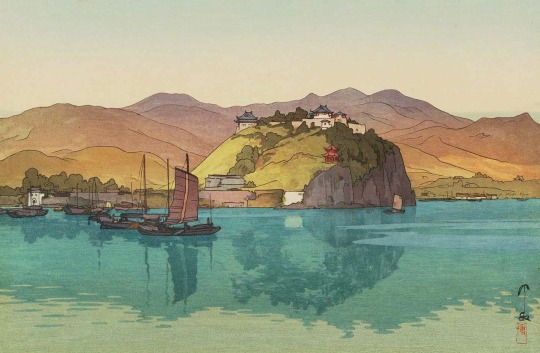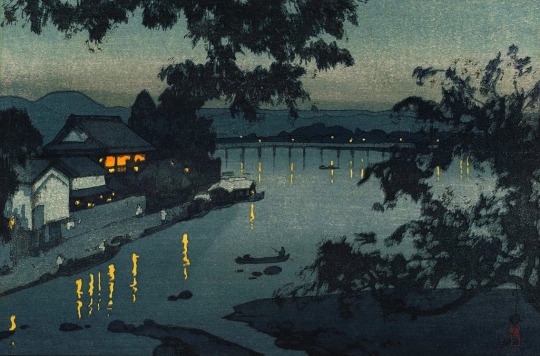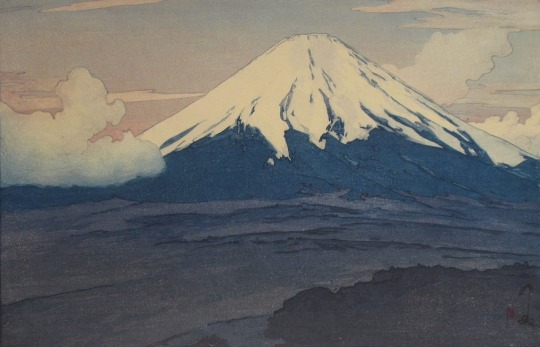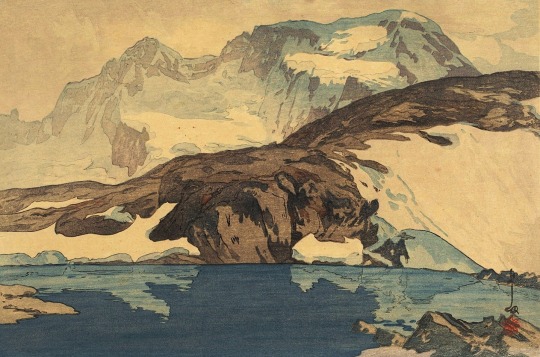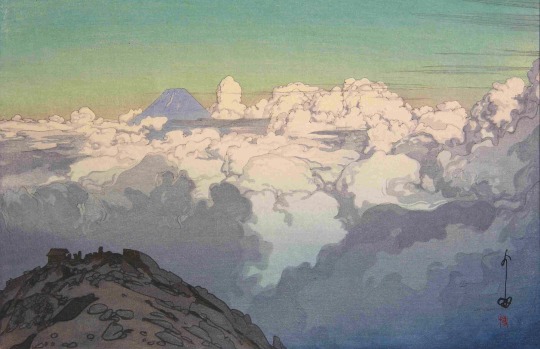Don't wanna be here? Send us removal request.
Photo





There’s really no point in doing anything in life because it’s all over in the blink of an eye, and the next thing you know, rigor mortis sets in.
The Grand Budapest Hotel 2014, dir. Wes Anderson
6K notes
·
View notes
Photo
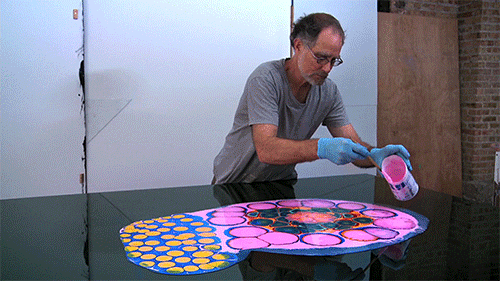




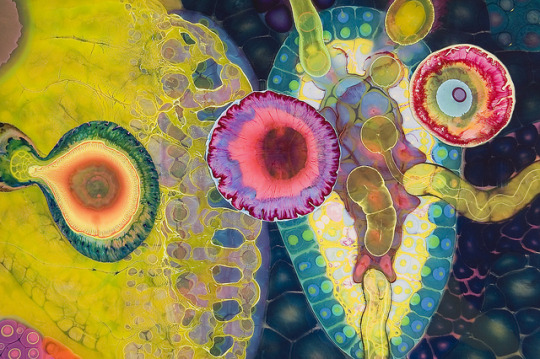


ART: Psychedelic Paint and Poured Resin Artworks by Bruce Riley
Bruce Riley is a Chicago based artist who drips paint into paint in an endlessly layered arrangement resulting in paintings that look like underwater scenes, psychedelic visions and abstract dreamscapes.
Seguir leyendo
224K notes
·
View notes
Quote
La culpa es como una Medusa, si la miras te transforma los sentimientos en piedra.
Luis Zamorano-Saenz/Culpa y medusa. (via extremosdelacordura)
54 notes
·
View notes
Photo

People surf the Internet at a public Wi-Fi hot spot in downtown Havana.
In Cuba, Will the Revolution Be Digitized?
President Obama announced his historic upcoming visit to Cuba—the first in almost 90 years by a US president—on Twitter, meaning that most Cubans would have to learn the news by some other means. Only about 27 percent of Cubans currently have Internet access, and not all of these users can access the full global Internet. Many are limited to a government-controlled intranet through their workplaces. Key industries such as the banking system are only partly computerized, and simple tasks such as bank transfers are difficult.
It is generally agreed that Cuba would benefit from better telecommunications infrastructure, and during his visit, Obama is likely to suggest ways that the United States can help with this. A few days ago, the Obama administration announced that it was lifting limits on the use of American dollars in transactions with the island, as well as permitting educational travel to Cuba for individuals, which should help with expanding digital access. Yet there is no consensus between the two nations over how the improvements to Cuba’s infrastructure should happen.
Last November, The New York Times published an editorial calling on the Cuban government to partner with companies such as Google to update its telecommunications infrastructure and expand access to the Internet. The editorial argues that the only thing standing in the way is the Cuban leadership’s lack of political will. In January, the US Federal Communications Commission removed Cuba from its exclusion list, making it possible for companies to provide telecommunications services to Cuba without prior FCC approval. Shortly afterward, Daniel Sepulveda, the deputy assistant secretary of state and the US coordinator for international communications and information policy at the State Department, visited Cuba to discuss how US companies could help to connect Cuba to the Internet. He also reiterated that the main obstacle to improving Cuba’s Internet infrastructure was the unwillingness of the Cuban government to move ahead.
These perspectives downplay the role of the embargo in hampering Cuba’s access to Internet technologies. Presenting Cuba as a tabula rasa, stuck in the digital dark ages, fails to engage with the cultures of communication that currently exist on the island. These cultures could provide a strong base for constructing a self-sustaining, open, and accessible digital commons with robust privacy protections—an increasingly remote possibility in the United States, where ubiquitous surveillance is devaluing the Internet as a public resource.
Milena Recio, a Cuban journalism professor and the Havana-based chief Web editor for the American news website OnCuba, has been a strong advocate for expanding telecommunications infrastructure on the island. But she cautions that we need to talk not just about the Internet but about “connectivity” more broadly. This includes the development of network-based services and intranets in administration, education, banking, and other sectors that would benefit from connected software applications. Rather than simply focusing on “going online,” Recio draws our attention to the need for developing broader networks that can facilitate Cuba’s transition into a digital era.
* * *
South America was connected to the global Internet through submarine cables from the United States, but Cuba could not access these cables because the US embargo prohibited American telecommunications companies from providing services to the island. Under the 1992 Torricelli Act, which proposed US Internet penetration as a means to undermine the Cuban revolution, these restrictions were loosened, and in 1996 the embargo was amended to allow US companies to provide telecommunications services to Cuba. That same year, Sprint Corporation signed a contract with the Cuban telecom company Etecsa to provide a 64 kbps satellite at a cost of $10,000 per month.
Seguir leyendo
24 notes
·
View notes
Note
How did the neo revivalist movement come up? Are the Taino ceremonies around America really Taino? Just want some clarification
Neo-revivalist movements have not come up recently. It is the result of decades of cultural remittances (William Garcia, 2009) of US white culture, fetishization of Natives, and white supremacy.

Above image: “Lifeguards at the Hotel Caribe Hilton dressed as ‘indians’ on the shoreline” (dated September, 1968), three Puerto Rican men dressed as Aboriginal Caribbeans at the American Seed Trade Association’s (ASTA) annual convention; while two of them occupy the rowboat in the water, the third stays on land a short distance from a bonfire.
This has been going on for quite a while. US influence on the island as well as Puerto Ricans forced to work stateside to support their families in the early 20th century have resulted in a commercialization and trivialization of Indigenous imagery. Coupled with Operación Serenidad and other state-nationhood projects at integration, erasure, and homogenization, the inevitable end result has been the consumption of a alternately nonsense and heritage that is wrongly assumed to be their own.
No, so-called “Taino ceremonies” stateside, and even those popularized in the Caribbean are not Taino, but revivalist/hippie nonsense. Please go through my blog and @this-is-not-taino for more information.
71 notes
·
View notes
Photo



23/01 | River Plate 1-0 Boca Juniors | Amistoso de verano.
43 notes
·
View notes
Photo

Katherine Ross and Dustin Hoffman (The Graduate) 1967. Bob Willoughby. Silver gelatin print
108 notes
·
View notes
































